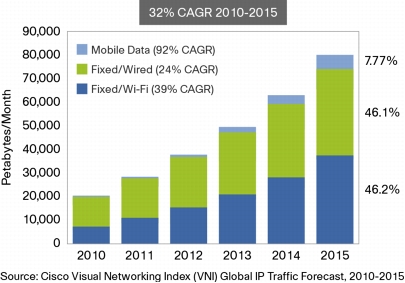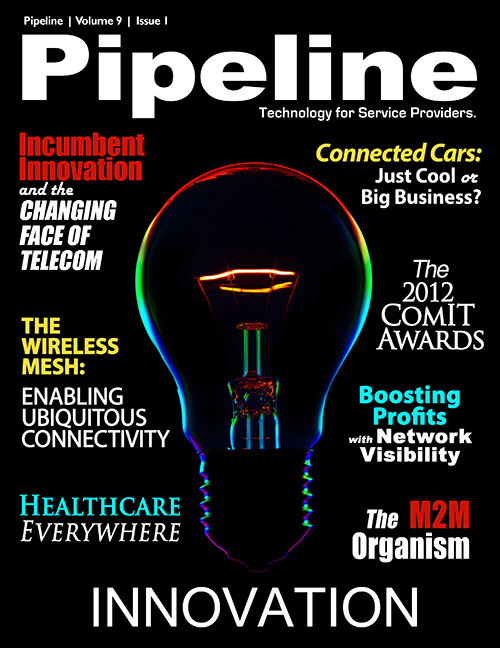Enabling the Mesh of Pervasive Connectivity
Wang Zhoujie, Huawei, recently wrote that Wi-Fi is, “a potential gold mine for operators. Wi-Fi is coming in from the cold, with many prominent operators using it or planning to use it to supplement their networks, including AT&T, Orange, PCCW, and China Mobile.”

The promise of Wi-Fi is three fold. First, it economically reduces strain on Radio Access Networks (RANs), especially in shorter-range or high-density situations. Second, by rolling out a network of company-branded and -managed hotspots, carriers can move up the value chain. (Just look at AT&T's extensive network of Wi-Fi hotspots in McDonald's and Starbucks.) Third, by managing the Wi-Fi handover and keeping the customer within a controlled network, carriers can ensure session integrity, consolidate identity management and policy control, and better monitor and guarantee Quality of Service (QoS).
Carrier Wi-Fi is already being effectively deployed in large arenas and indoor networks. Universities and colleges around the world are deploying Wi-Fi networks, and Alvarion recently provided wireless coverage for an entire soccer stadium with just a handful of access nodes. Wi-Fi will also be the predominant wireless connectivity technology for most M2M connections in the future.
On the downside, "Wi-Fi has a very poor range compared to 3G," commented Don Bowman. “It also heavily interferes. We don't believe that carrier Wi-Fi in the open space is going to offer significant material value.”
However, Johan Terve, Aptilo Networks, responded to these concerns by explaining that it boils down to how each access technology is used, and that no single technology is superior in all situations. It's more important to understand “when and where it should be used,” implored Terve. “If you have a range issue, you should use the macro network. It's not as if you should build a complete Wi-Fi network (similar to the 3G network). Most customers we have do it in a more pragmatic way. It's very easy for them to identify the very few, most congested base stations. Eighty percent of the data traffic goes through 20 percent of the base stations, so at those stations, build out the Wi-Fi .”



















